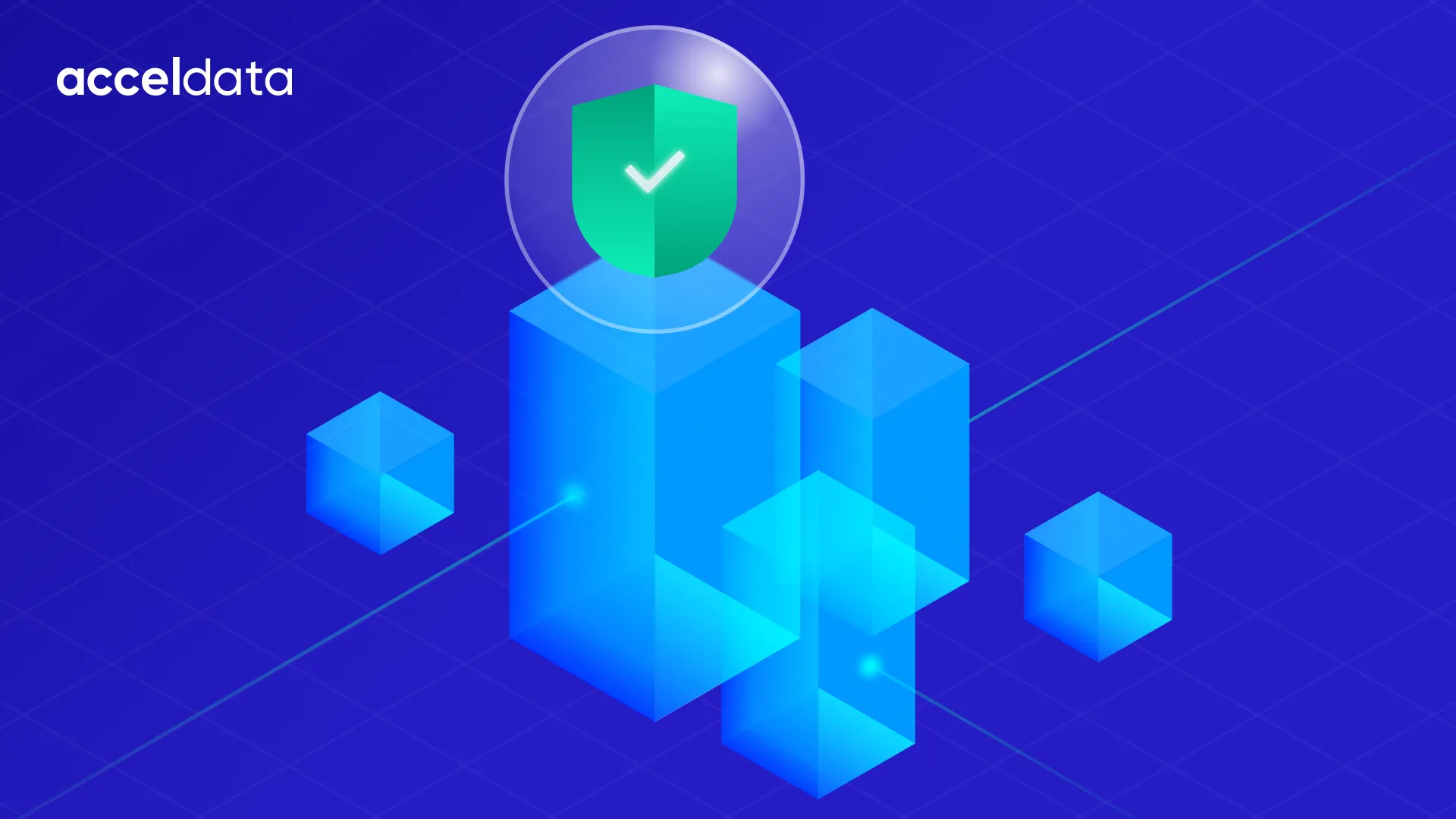
All blog posts
Dive into Data Excellence: Discover Insights, Perspectives, and Solutions in the Acceldata blogs.
Thank you! Your submission has been received!
Oops! Something went wrong while submitting the form.
Ready to get started
Explore all the ways to experience Acceldata for yourself.





.webp)





.webp)













.webp)










.webp)
.webp)